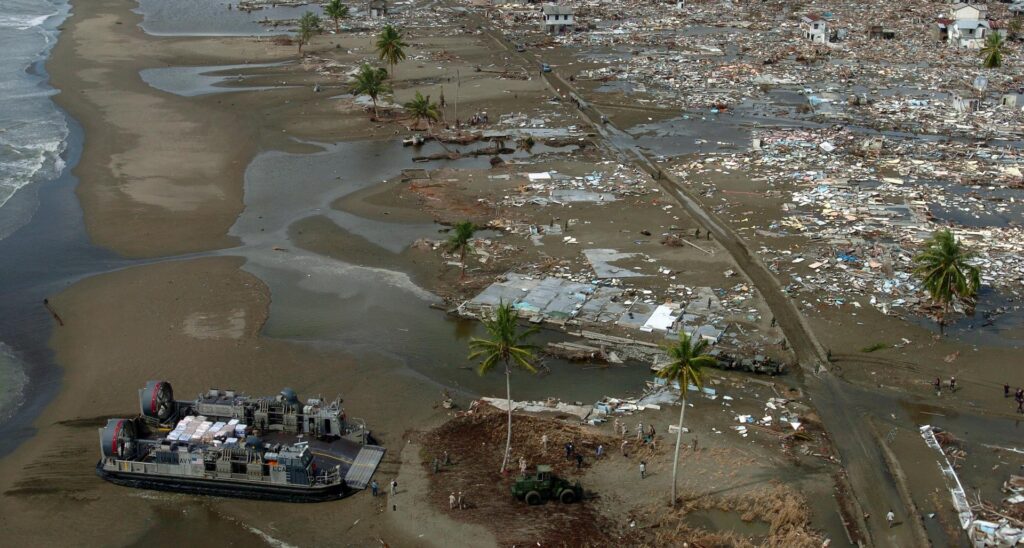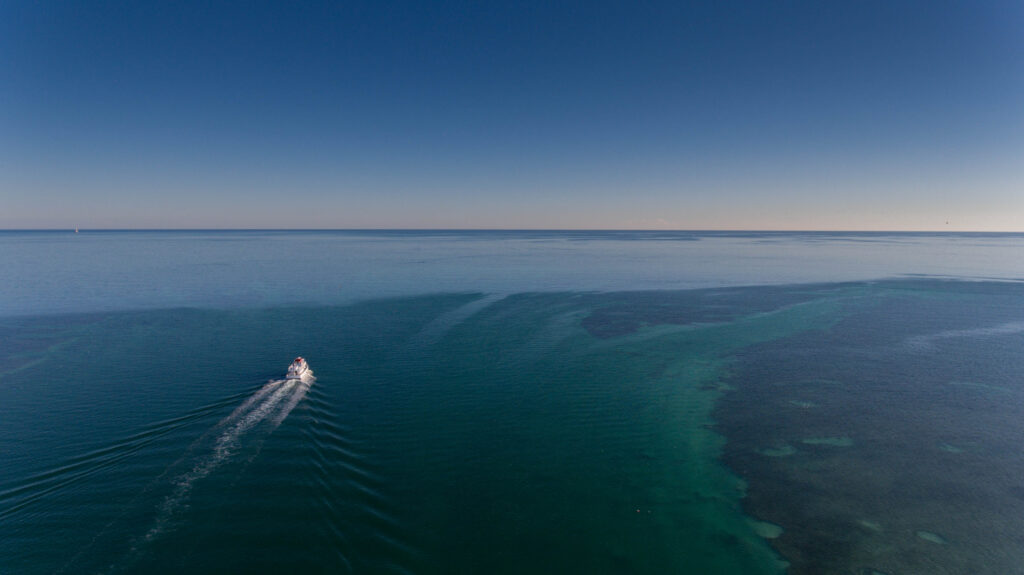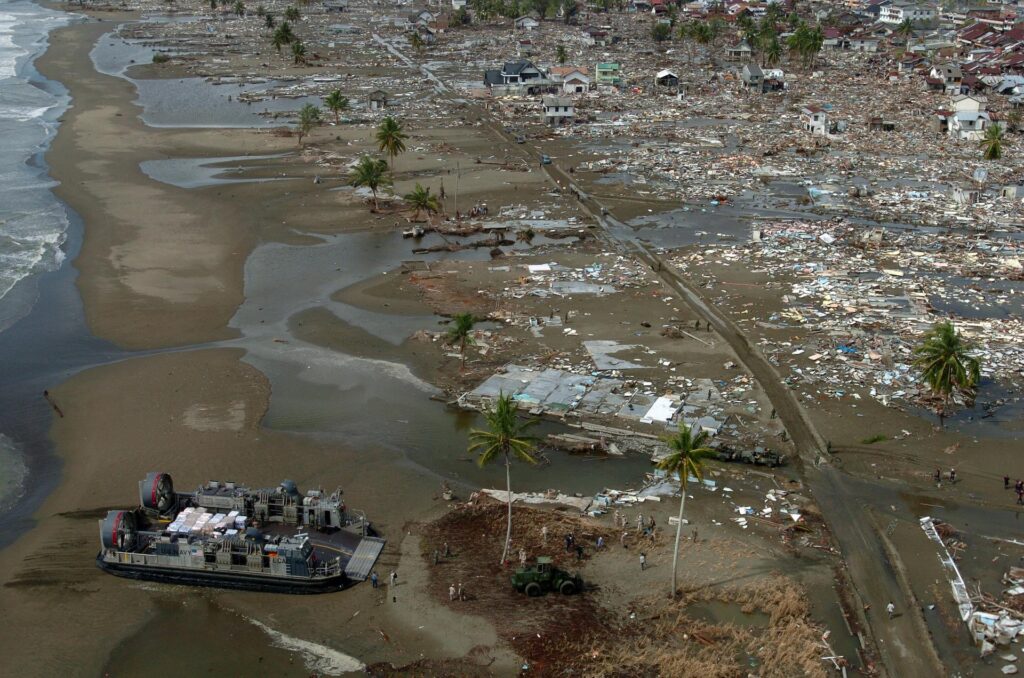UNESCO to ensure 100% of coastal communities are ‘tsunami ready’ by 2030
 Aftermath of the 2004 Indian Ocean tsunami.
Aftermath of the 2004 Indian Ocean tsunami.
UNESCO is to reveal a new global programme to ensure 100 per cent of coastal communities will be ‘tsunami ready’ by 2030.
Audrey Azoulay, director-general of Unesco, will lay out the plans during the upcoming UN Ocean Conference in Lisbon, which runs from 27 June to 1 July.
The ambitious plans involve the training of all at-risk coastal communities in the event of a tsunami within the next eight years.

To become ‘tsunami ready’, a community must develop a tsunami risk reduction plan, designate and map tsunami hazard zones, develop outreach and public education materials, create public-friendly tsunami evacuation maps, and publicly display tsunami information.
“The global tsunami warning system, led by UNESCO, is particularly effective in detecting tsunamis very quickly,” says Azoulay. “But sounding the alarm is not enough: to save lives, coastal communities must also be trained to respond in the right way. UNESCO is now making a strong commitment to train them worldwide by 2030.”

Already piloted in forty communities in 21 countries, across the Caribbean, Pacific and Indian Ocean regions, the tsunami-ready programme will be extended globally to thousands more vulnerable coastal communities. The programme sets out 12 indicators covering all steps, from hazard assessment and evaluation to preparedness and response, adapted to local needs.
“Tsunamis impact communities differently, there is no one-size-fits-all plan. Now, through this new programme, all communities can draw on Unesco’s expertise to build a strategy tailored to the local risk factors. To deliver on this ambitious pledge, we will mobilise significant financial resources by leveraging important partnerships,” says Vladimir Ryabinin, executive secretary of the UNESCO Intergovernmental Oceanographic Commission.
Key partners have already come forward to support UNESCO in this commitment, including the United Nations International Strategy for Disaster Reduction (UNDRR) and the European Union, as have key donor countries such as Australia, Japan, Norway and the United States.
Tsunamis occur relatively infrequently, but more often than is commonly thought. UNESCO’s Pacific Tsunami Warning Centre hosted by the USA has alone responded to 125 tsunami events, averaging seven per year.
Though the majority of tsunamis impact coastal populations in the Pacific and Indian Ocean regions, all ocean regions are at risk. Statistics show that the probability of a tsunami wave exceeding one metre in the Mediterranean in the next 30 years is close to 100 per cent. 78 per cent of tsunamis are driven by seismic activity, 10 per cent by volcanic activity and landslides, and two per cent by meteorological activity.










